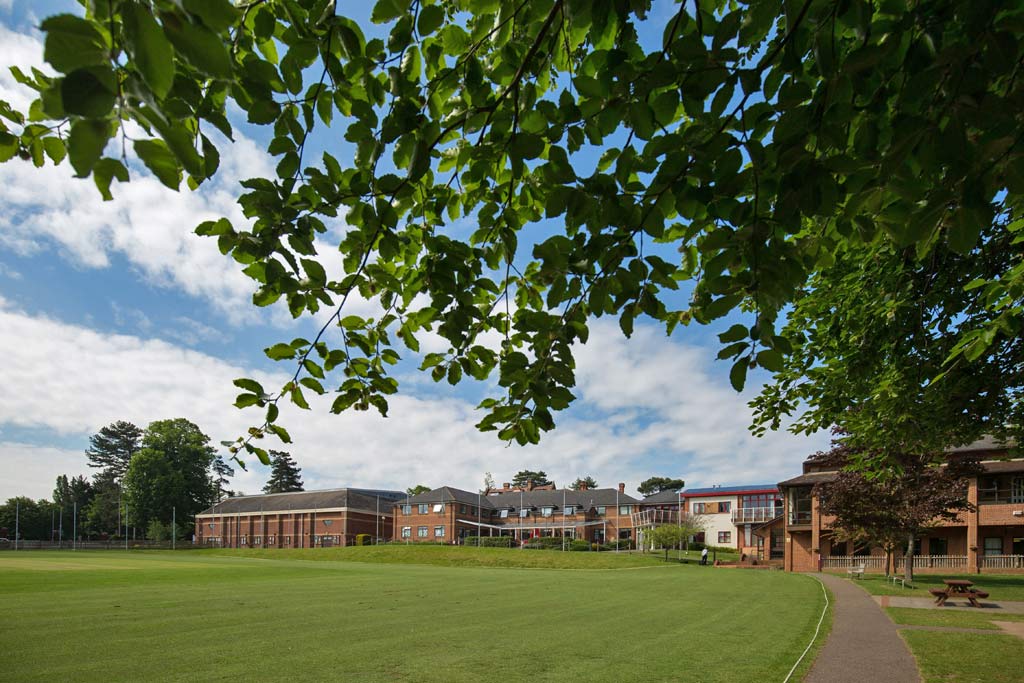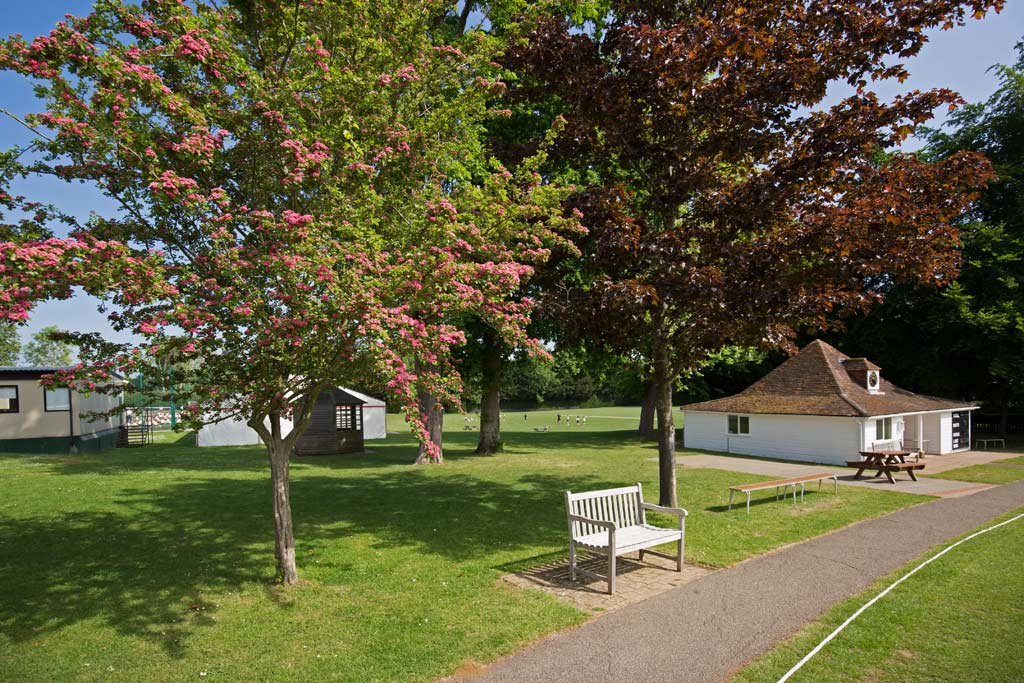Ideas for Incorporating Cooking into the School Curriculum
Cooking is an important life skill for every child to learn. Learning about food and how meals are prepared is a great way for children to practise manual dexterity as well as theory based knowledge. Through studying food technology at school (formerly known as ‘Home Economics’), children gain a knowledge of how to cook and the importance of food hygiene and nutrition.
Different ways of learning
People of all ages have different individual learning styles; taking in and digesting information in different ways, whether this be by doing, creating, seeing, listening or tasting. This is why school timetables incorporate different lesson structures and activities.
Cooking in schools helps kids to stay focused and participate more in class and is a great means of addressing different learning styles. While cooking, we listen, watch, measure, bake, taste and smell. All of these actions can aid attention, retention of facts and memory recall. By bringing cooking into different areas of school life, abstract concepts can be explained alongside practical examples with fun and edible results!
Cooking in the classroom
Mixing up the school curriculum…with a spoon! Most of the cooking that happens in schools occurs in the school canteen or during food tech lessons. However, with a little imagination, elements of cooking can be incorporated into most school subjects. And as long as the theory is covered alongside, activities like these may act as prompts to aid memory of particular groups of facts.
● Maths: Working through recipes can help kids understand mathematical principles. These include units of measurement, converting between units, measuring ingredients and understanding ratios.
● Science: In Science classes, pupils can experiment with different combinations of edible ingredients. Questions about food experiments foster inquisitive scientists, observing real and tasty results to compare and analyse. Teachers can encourage pupils to make predictions as to what reactions will take place.
● Foreign languages: Making and trying different foods can ‘spice up’ language lessons too. This introduces pupils to new vocabulary as well as the culture and history of the language. Words for different foods, kitchen equipment, and conversational language around cooking will also be useful when travelling or on family holidays. Beyond language knowledge, children can learn why certain foods are eaten in different places – whether it’s for cultural, religious or environmental reasons.
● History: Bring History to life by producing foods from bygone eras. Pupils could, for example, design and cook meals using only ingredients that were available during rationing and learn why certain foods were restricted during the Second World War.
Food health
Meals that children make themselves are likely to be more nutritious than pre-made meals. Chartwells school caterers are looking to reduce sugar by 20% by 2020, focusing on nine food categories that contribute to children’s sugar intake. Similarly, when cooking at home, guardians can control what ingredients go into dishes and how much, as well as what does not go in. In this way, studying food and nutrition whilst perfecting culinary skills, may encourage children to eat a more nutritious diet.
In addition, pupils who learn how to cook and cultivate an interest in cooking can be more likely to show a willingness to try new foods and flavours. As they develop their culinary skills, they build an appreciation of why we put certain ingredients like spices into different meals, and how much you need to add. It helps them to develop the independence to determine exactly how their food tastes and what goes into their meals and their bodies. All of this contributes to instilling a love of cooking from an early age which will hopefully remain with them throughout their lives. This is why it’s beneficial for children to get involved with cooking at school.
Cooking outside of the classroom
Cake sales are a traditional fundraising activity in the UK. Schools can combine charitable events with application of business studies. The process of buying ingredients, making the cakes and then deciding how much to sell them for will spark the interest of any young entrepreneurs and demonstrate what can be achieved when people work together.
From Chartwells’ themed menus which incorporate seasonality and national days, to cooking lessons for pupils as early as nursery, Cranmore Prep is passionate about encouraging pupils to eat healthily. Chartwells have recently introduced a packed lunch option for school trips that incorporates healthier components including popcorn, water and energy bars (instead of crisps, apple juice and chocolate bars). Cranmore School is also running the ‘Plant Power project’. This project focuses on alternative protein sources combined with cereals, fruits, vegetables and fats to ensure a balanced, nutritious meal.
‘Tis the season to get cooking!
The aims of Cranmore Cookery Club are to encourage our pupils to experience a joy of cooking using a range of techniques with a variety of recipes. Teachers encourage the children to expand their cooking skills, use equipment carefully, think about the ingredients they are using and, above all, to enjoy the cooking experience. The first session is a tour of the kitchen (including the walk-in fridge and freezer which the pupils absolutely love!). Recent recipe examples include Christmas/Simnel cake, carrot or courgette cake, pizza, fish cakes, crumble and tabasco sausage rolls…to name a few!
Cranmore Cookery Club takes place once a week and is offered to pupils from Yr 4 to Yr 6. Earlier this year Cranmore pupils took part in the ‘Bake a Cake based on a Book’ competition. Wherever you look, cooking is at the heart of our school!


